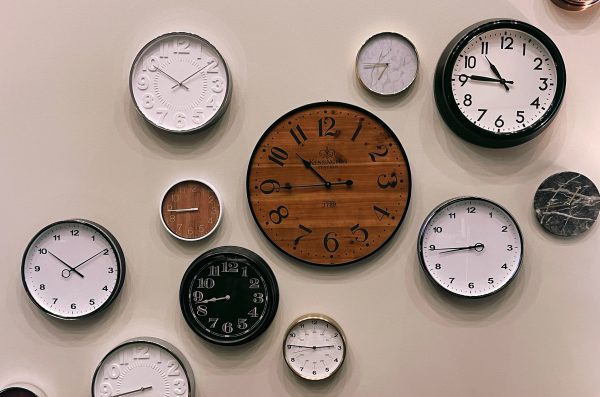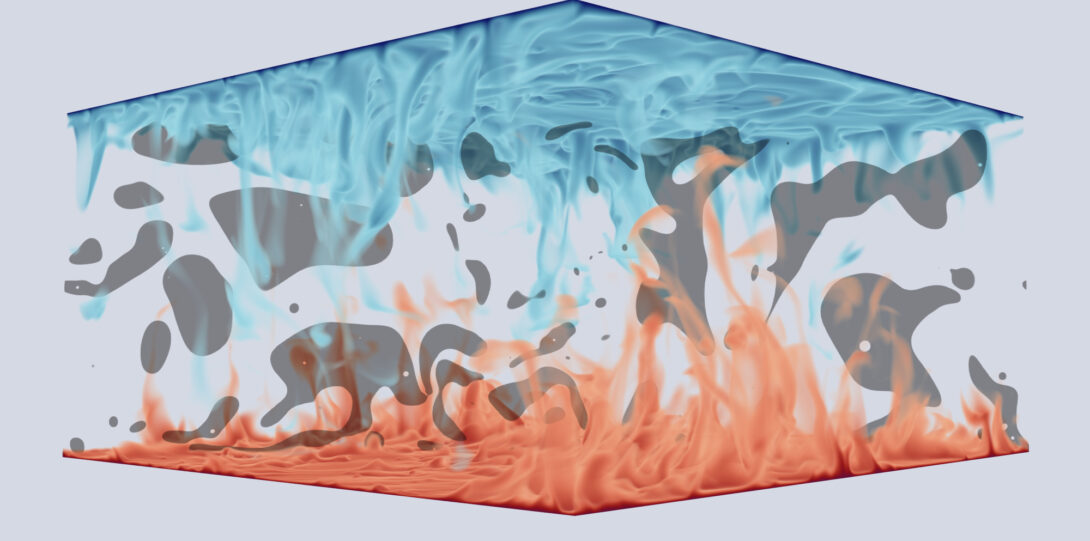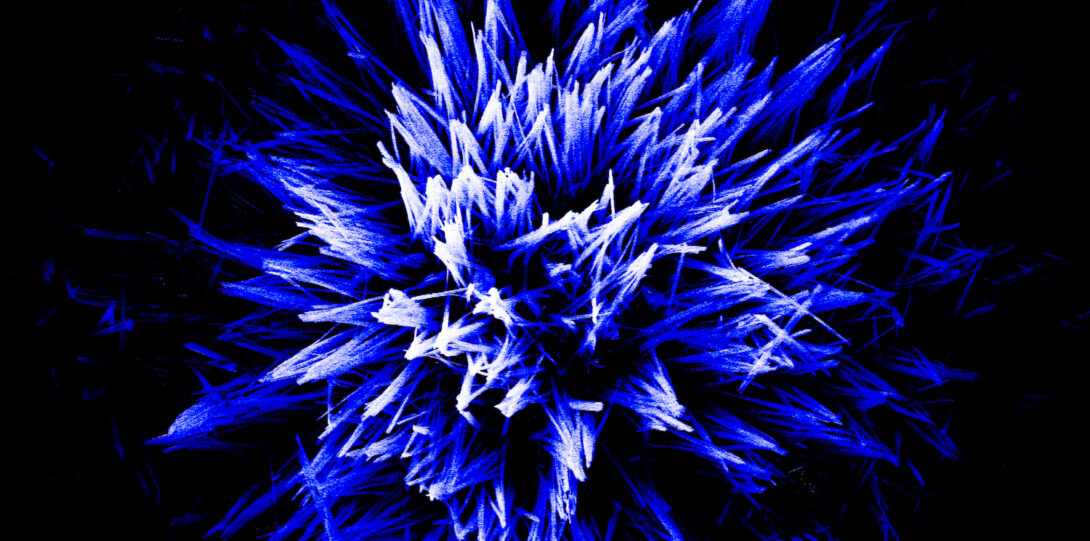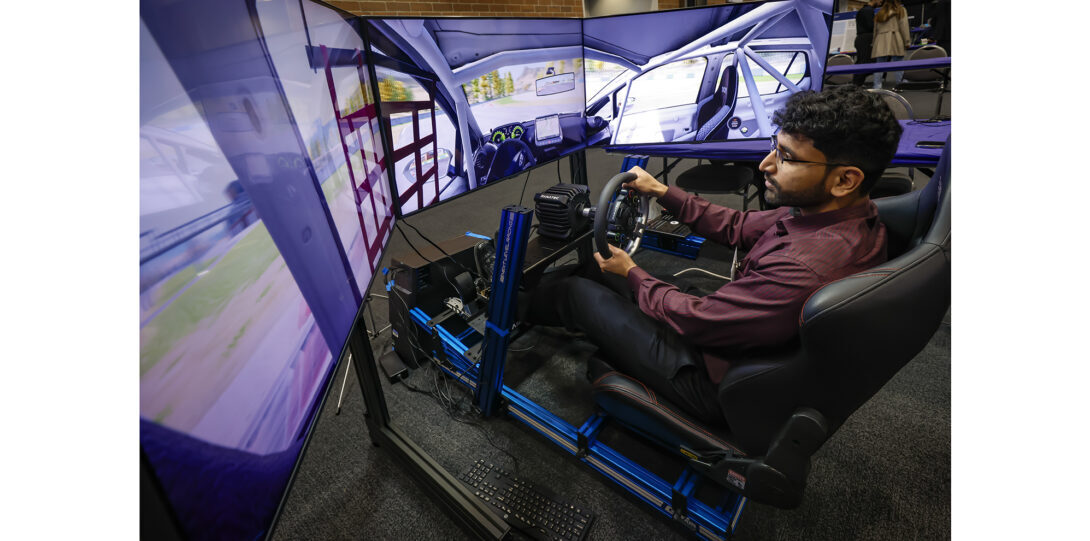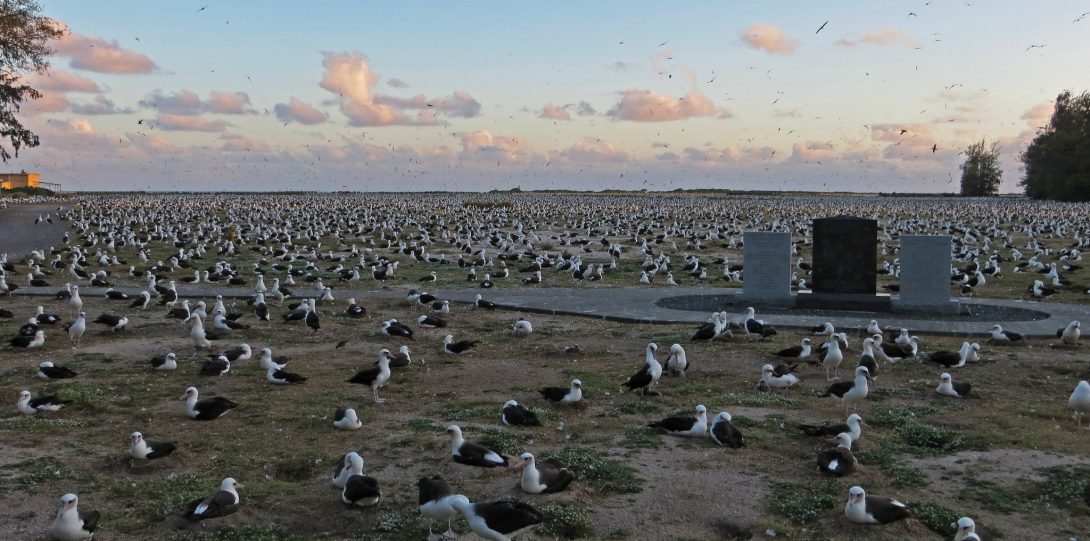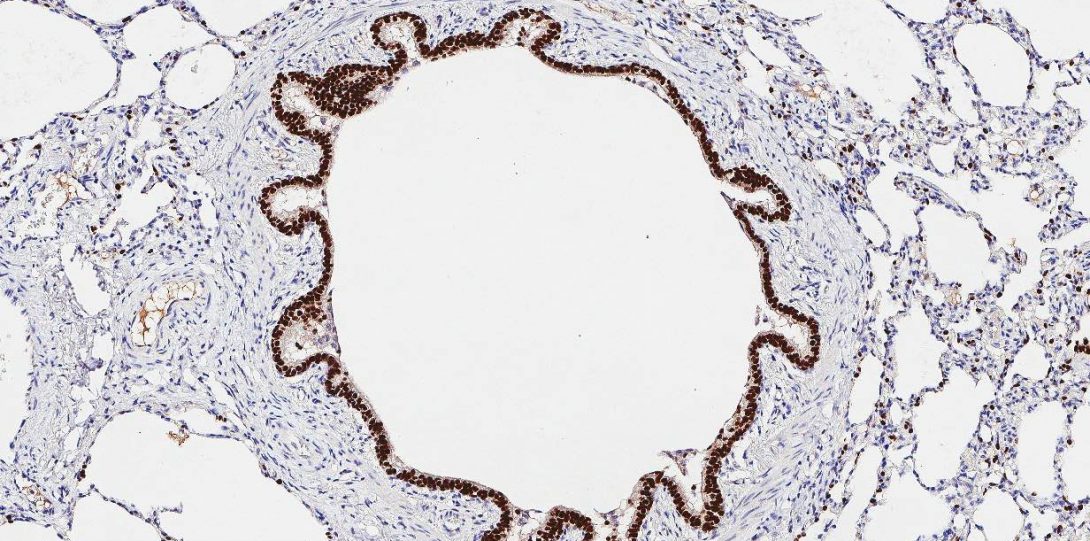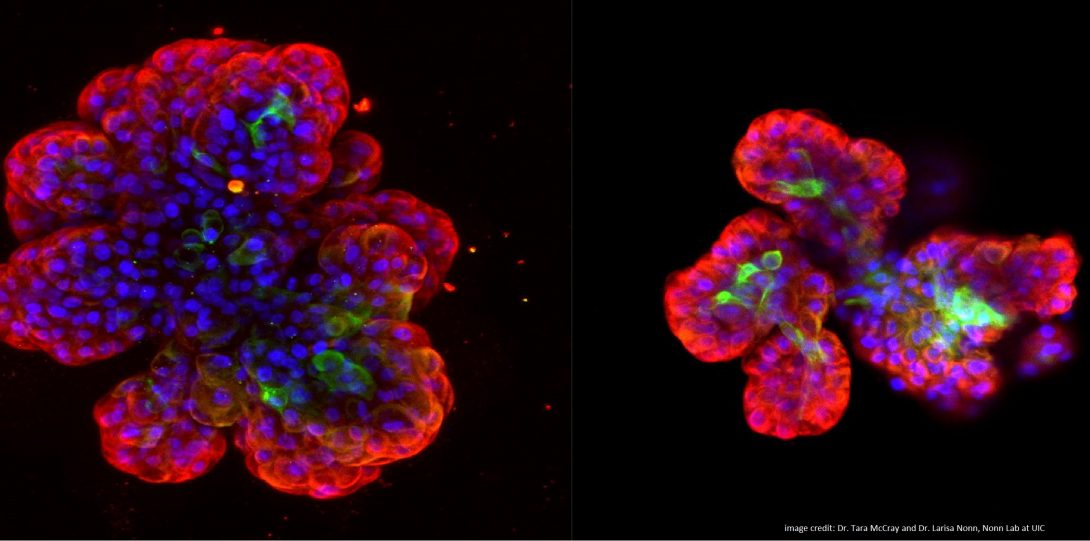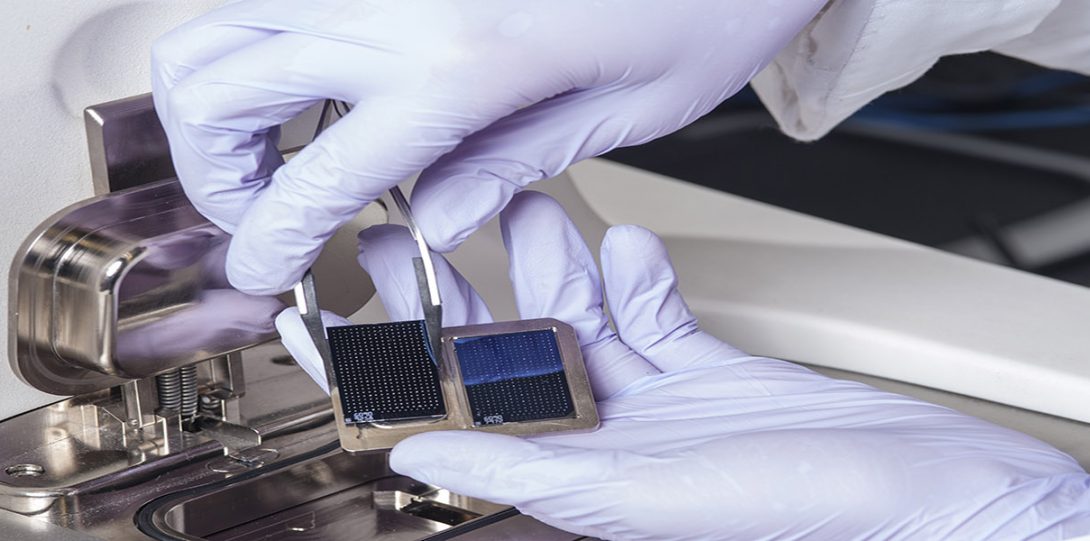mission Heading link
The Office of the Vice Chancellor for Research (OVCR) advances and safeguards all research at UIC to facilitate the discoveries that help others and change the world. By investing, facilitating and ensuring the integrity of the exceptional research of UIC, we are committed to an ambitious, aspirational and collaborative commitment to the mission and vision of the University of Illinois as a major comprehensive urban research university for the 21st century.
| Vice Chancellor for Research
OVCR Facts Heading link
-
$ 509 M For the fifth consecutive year, UIC's sponsored awards have reached new highs
-
$ 418 M in research expenditures last year
-
49 % increase in the awards portfolio over the last 5 years
OVCR Pride Points 2 Heading link
-
3,400 Research Projects in FY23
-
1 Million square feet of research space on campus
-
# 5 ranking in sponsored research expenditures among Hispanic-Serving Institutions
UIC 2023 Researchers of the Year Heading link
Watch a video featuring the 2023 UIC Researchers of the Year describing their mission and offering advice to young scientists.

